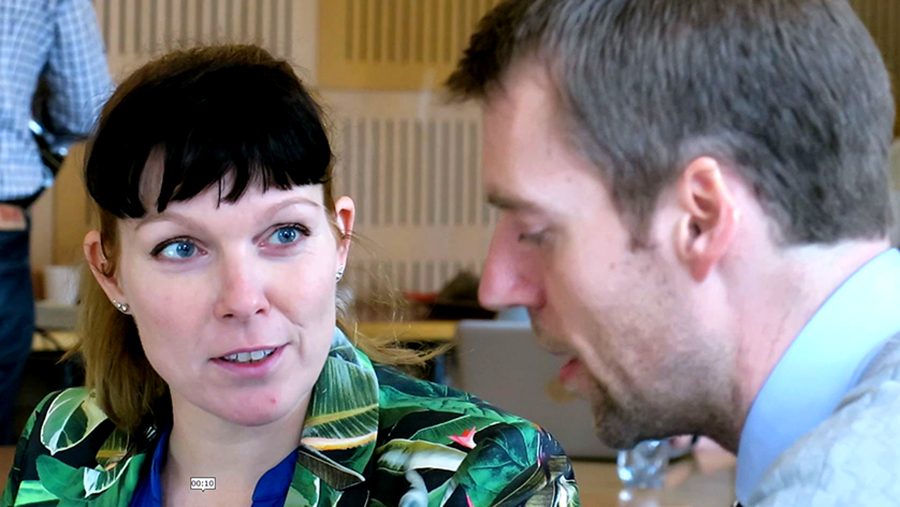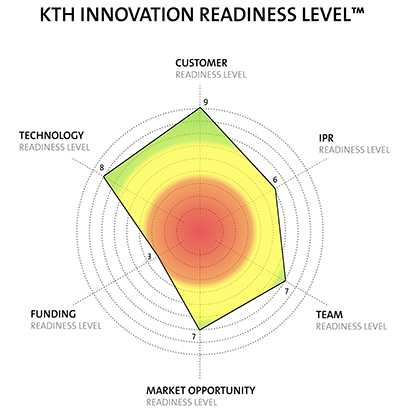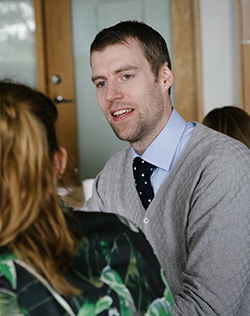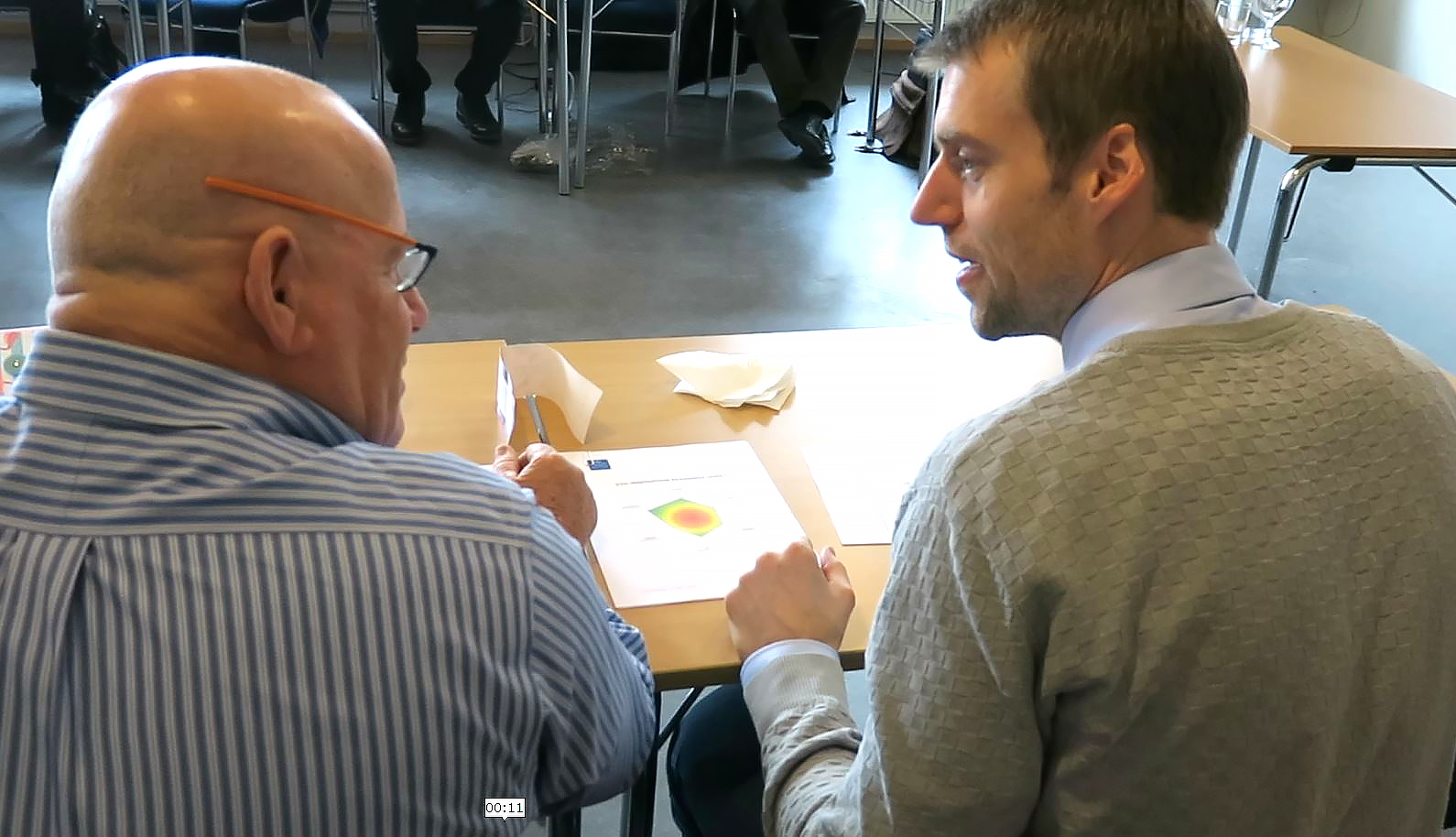Model for launching innovations generates worldwide demand

Launching an innovative tech startup isn’t just a matter of having a good idea – it’s about having a 360-degree command of every dimension in which a business thrives. That is what’s behind an innovation development model developed at KTH, which is generating interest worldwide.
KTH’s international reputation for innovation has formed around some big names with roots at the university – such as Spotify and Soundcloud. But it’s also grounded in a steady stream of lesser known companies that have been launched through the KTH Innovation accelerator.
At the heart of these success stories is the KTH Innovation Readiness Level Model . Not only is it used in the everyday work at KTH Innovation in support of ideas and startups from KTH, but also in partnerships such as the Global Change Award, an annual challenge organized by H&M Foundation with KTH and Accenture.

Gustav Notander, business development coach with KTH Innovation, has been in contact with numerous incubators, universities and companies which are keen to work with the model. He says KTH Innovation has also made agreements recently with not-for-profit organizations to make the model available for use.
“The KTH Innovation Readiness Level Model is about doing the right thing at the right time and getting the resources,” he says.
“It breaks down an ongoing and complex journey into smaller steps, so you get a better feel of where you are, where you are going and what you will do,” he says. “You always have something to focus on. So it helps a team focus without forgetting about the other things.”
The model is made to be easy to follow, with visualization that shows the progress in six essential focus areas: customer, business, technology, IPR, team and funding – all dimensions in which activities influence each other.
“The visual aspect is very important,” Notander says. “If you are talking about your idea with someone else – a coach, a team member – you just put it up on the screen. You can go through the six readiness levels together.”

Each readiness level is illustrated as a thermometer, with concise text summarizing what is happening in that area. “Immediately you see asymmetries, which is a good way for taking stock of how things progress as a whole.”
That big picture view is one of the biggest challenges for entrepreneurs to gain, and maintain, Notander says.
“Few people have a feeling for all the different areas,” he says. “You see that in the early stages – people tend to have a better understanding of one or a few different areas.”
As a coach, Notander sees how the framework helps structure both individual coaching meetings and the overall innovation process.
Particularly at a technical institution like KTH, the tendency of many innovators is to have a stronger grip on the technical side, Notander says. But the Innovation Readiness Level Model, combined with the coaching that KTH Innovation provides, takes into account the real possibility that a team’s attention can become consumed by one area at the expense of others.

“It’s a good framework for interaction and helps us follow the development in a more objective way,” he says.
While the Innovation Readiness Level Model is designed for early-stage innovation development, it is versatile, too. “You can use it for a single project or to follow and compare multiple projects that you’re working on,” he says.
Notander explains that the idea for the model came from a visit to Silicon Valley more than a decade ago. “There was a talk in which the speaker explained how NASA used the Technology Readiness Level framework for its space missions,” he says. “We thought this is something we can use in our innovation coaching for the communication with the idea owners. After a while, we added the five other readiness levels and developed it so it can also be used for planning and roadmapping.”
The model is at the heart of KTH’s partnership with the H&M Foundation’s Global Change Award. Each year, five innovations are selected to participate in a one-year accelerator program which KTH provides in tandem with Accenture and the H&M Foundation. The objective is to support and bring to market innovations that can close the loop in apparel manufacturing.
And more engagements are happening with universities and incubators around the world. The timing couldn’t be more appropriate.
“Right now, the need for new solutions is higher than ever,” he says. “Through these partnerships KTH can play a role in helping innovations find the right path forward and solve the crisis our society is in.”
David Callahan
Take a tour
of the KTH Innovation Readiness Level Model